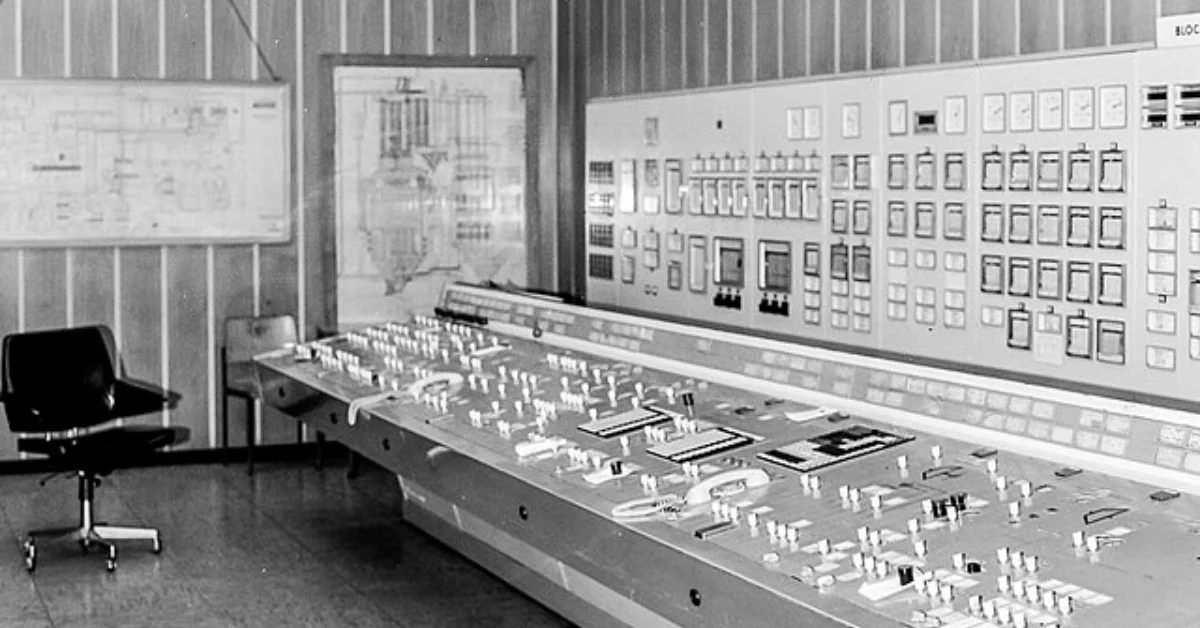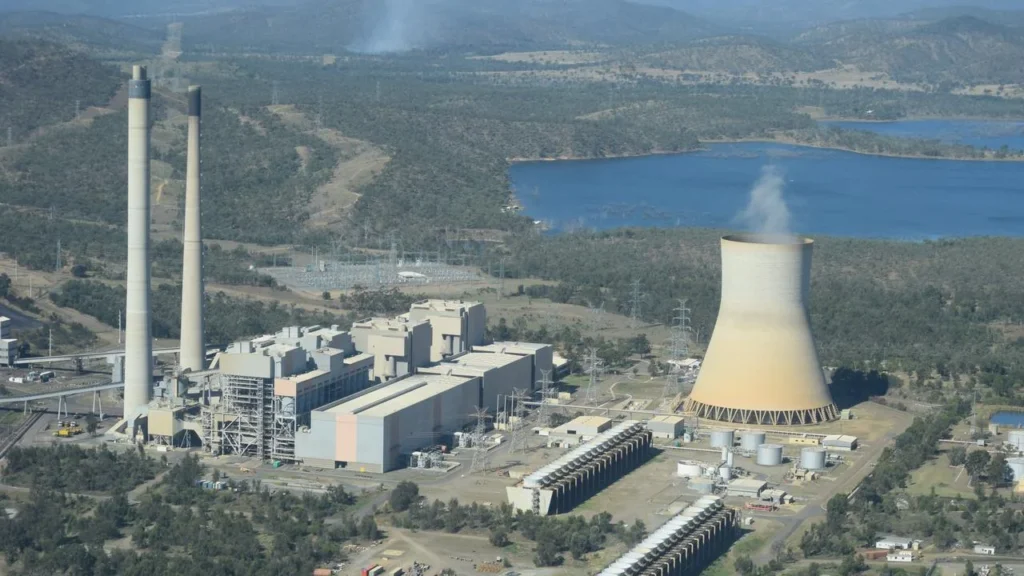Callide Power Station, located near Biloela in Central Queensland, has long been a key part of Queensland’s energy production. Owned by CS Energy, the plant has faced several challenges in recent years, including technical failures and a need for modernization. Despite these obstacles, Callide is evolving towards incorporating renewable energy solutions, positioning itself for the future.
The Environmental Impact of Callide Power Station
Coal-fired power plants like Callide are significant contributors to greenhouse gas emissions. While the Callide C unit uses supercritical technology, which is more efficient and emits fewer carbon emissions compared to older plants, it still relies on fossil fuels. This poses a challenge for Callide in meeting both Queensland’s renewable energy targets and broader national goals to reduce carbon emissions.
Key Environmental Concerns:

- Carbon Emissions: Callide Power Station has historically been a major source of CO₂ emissions due to its reliance on coal. With increasing global attention on climate change, the station must address concerns about its environmental footprint. In 2020, Callide was estimated to have emitted 8.9 million tonnes of CO₂, contributing to Australia’s overall emissions from coal power.
- Pollution Controls: Over the years, the station has installed modern pollution control systems, such as flue-gas desulfurization (FGD), to reduce the levels of sulfur dioxide (SO₂) released into the atmosphere. Additionally, measures are in place to reduce particulate matter emissions
- Oxyfuel Project: Callide was also home to the pioneering Callide Oxyfuel Project, which aimed to capture and store carbon emissions from coal combustion. Although the project has concluded, it demonstrated the potential for carbon capture to mitigate environmental impacts
Moving forward, the station’s ability to balance its coal-fired operations with renewable energy projects will be crucial in minimizing its environmental impact.
Community and Economic Impact of Callide Power Station
Callide Power Station is not only vital for energy production but also serves as an important economic pillar for the Biloela region. The plant provides jobs and supports local businesses, making it a cornerstone of the local economy.
Employment and Economic Benefits:
- Jobs and Employment: The power station directly employs hundreds of workers, and indirectly supports many more in related industries such as coal mining and maintenance services. Many residents of Biloela and surrounding areas rely on the station for steady employment
- Economic Contribution: Beyond jobs, Callide supports the local economy through its procurement of goods and services from nearby suppliers. The plant’s ongoing operations ensure a steady flow of income to regional businesses, contributing to local economic stability.
Impact of Energy Transition:
- Energy Transition Concerns: As Callide transitions towards renewable energy, there are concerns about potential job losses due to the eventual decommissioning of coal-fired units. While the integration of a solar farm and battery storage at the site could generate new opportunities, some fear that the shift could lead to reduced employment
The plant’s future economic role will hinge on how well it manages the balance between maintaining coal-fired operations and creating new green energy jobs.
Callide Power Station’s Role in the National Electricity Market (NEM)
Callide Power Station is a significant player in the National Electricity Market (NEM), helping to stabilize Queensland’s energy grid. The plant’s contribution to the state’s electricity supply cannot be overstated, particularly during periods of peak demand.
Energy Supply and Stability:
- Base-Load Power: As a coal-fired plant, Callide provides consistent, base-load electricity that helps meet the steady demand of Queensland’s residential and industrial sectors. During periods of high demand, such as extreme weather events, Callide is a crucial part of the energy grid’s ability to meet electricity needs
- Outages and Impact on NEM: The explosion of Unit C4 in May 2021 highlighted the plant’s importance in the NEM. The disruption caused significant power outages across Queensland and revealed vulnerabilities in the state’s energy supply chain. Restoring full capacity to the plant will be vital to maintaining energy stability.
Looking forward, the integration of renewable energy at Callide will play a critical role in balancing traditional coal generation with the need to meet growing demands for cleaner energy.
Government Policies and Callied’s Future
Callide Power Station operates within the context of several government policies aimed at reducing emissions and transitioning to renewable energy sources. The Queensland Government has been actively pursuing these goals as part of its Queensland Energy and Jobs Plan, which aims to reach 50% renewable energy by 2030.
Government Initiatives:
- Queensland Energy and Jobs Plan: This plan includes investments in renewable energy infrastructure and aims to reduce reliance on coal-fired power stations like Callide. Part of this initiative involves job retraining programs to help coal workers transition to roles in renewable energy.
- Carbon Emission Reduction: Australia’s broader carbon reduction goals are also shaping Callide’s future. Under the Paris Agreement, the nation aims to reduce its carbon emissions by 43% by 2030 and reach net-zero emissions by 2050. These targets may hasten the shift away from coal, pressuring Callide to accelerate its transition.
How well Callide adapts to these policy changes will be crucial for its continued operation and relevance in Queensland’s energy landscape.
Technical Specifications and Supercritical Technology
Callide’s supercritical coal technology represents a more efficient way of generating power compared to traditional coal plants. However, it still relies on fossil fuels, making it a transitional technology as Queensland shifts towards greener alternatives.
Efficiency and Emissions:
- Supercritical Technology: Callide C uses supercritical steam technology, which operates at higher temperatures and pressures than older subcritical plants. This makes it more efficient, reducing coal consumption and lowering CO₂ emissions per megawatt-hour of electricity generated.
- Future Upgrades: As part of ongoing modernization, Callide is exploring ways to further enhance efficiency and reduce emissions. In particular, the potential integration of hydrogen or other cleaner fuels could improve its environmental performance while maintaining energy output
Conclusion
Callide Power Station remains a vital component of Queensland’s energy grid, but it faces mounting pressure to adapt to a rapidly changing energy landscape. As Queensland and Australia push towards renewable energy and carbon emission reductions, Callide must balance the continued operation of its coal-fired units with investments in cleaner technologies. The integration of solar power and battery storage, combined with lessons learned from past challenges, positions Callide to play a key role in the state’s energy transition.
By maintaining its commitment to modernization, environmental responsibility, and community engagement, Callide can secure its place in Queensland’s energy future while continuing to meet the state’s electricity needs.

